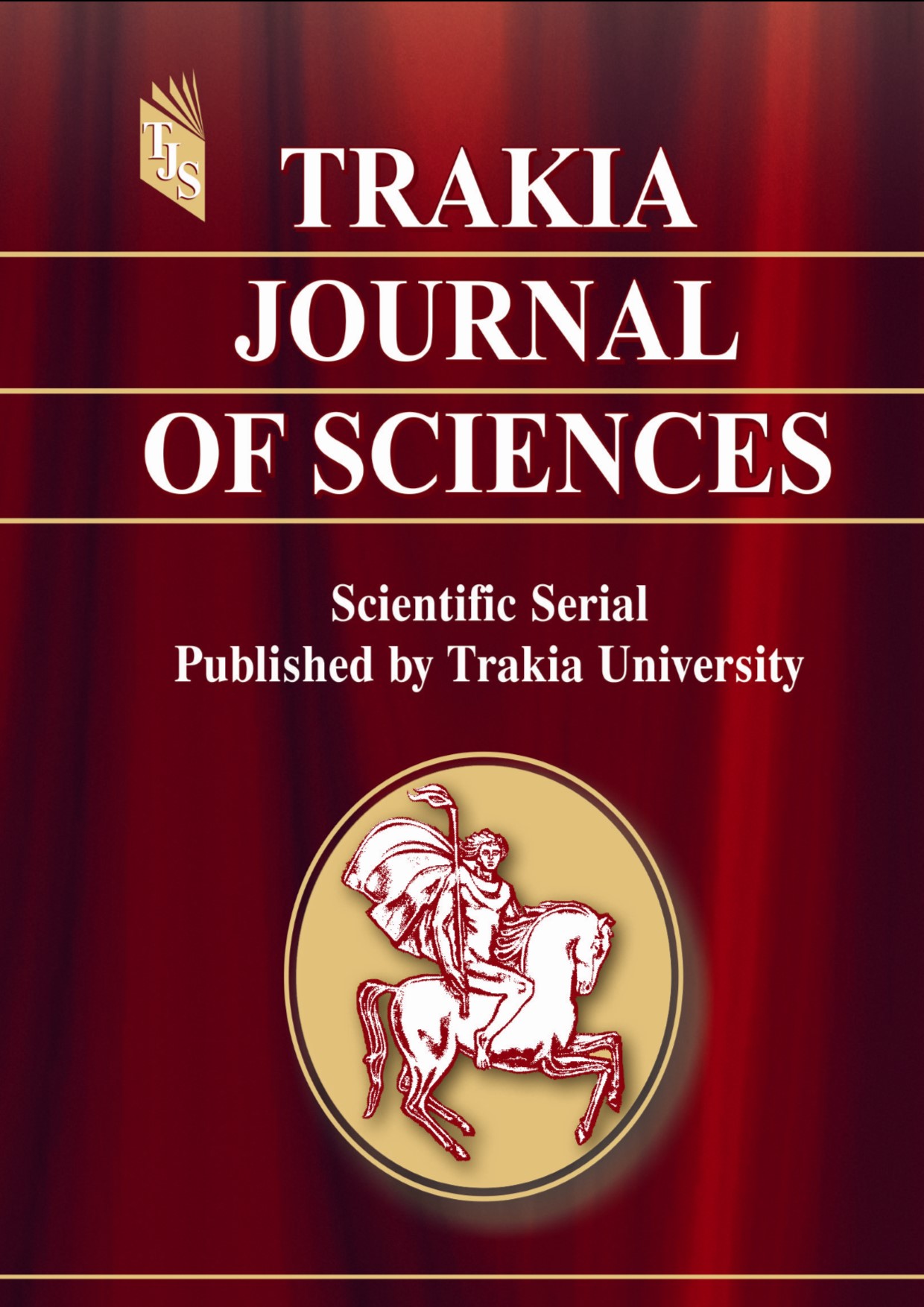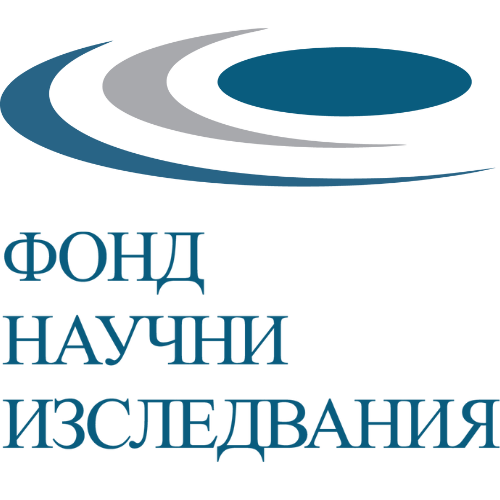ORTHOPEDIC EQUIPMENT FOR THE HABILITATION OF CHILDREN FROM 2 TO 7 YEARS
DOI:
https://doi.org/10.15547/tjs.2024.01.010Keywords:
imperative locomotion, cerebral palsyAbstract
The aim of this study is to implement the method developed by Prof. E. Dukendjiev through the creation of robotic reciprocal complexes and test them on patients. The main idea is that these complexes should be intended for domestic use. A complex of technical assistive devices (TADs) for the treatment and rehabilitation of patients aged 2 to 7 years with muscle activity deficit and muscle control deficit. The reciprocal orthotic complexes for imperative locomotion incorporate original solutions aimed at enabling imperative movements and providing optimal individual structural and functional parameters of movement for each patient. The theoretically developed robots "Bionika - I" for swimming-crawling movements and quadrupedal locomotion, and the locomotor robot "Bionika - II" for bipedal walking, have been implemented. These robots allow for mass robotic habilitation and rehabilitation of children aged 2-7 years and provide a unique opportunity to transfer their treatment from the clinic to the patient's home, with parents replacing medical personnel. Habilitation both accelerates the processes significantly and increases the treatment effectiveness. The use of negative work mode with external energy is a fundamentally new basis for developing a habilitation plan, significantly reducing the required biological resources of patients.
References
Dukendjiev E. Bionics in planning of habilitation for children with cerebral palsy. International symposium on Biomedical Engineering a Medical Physics, Riga, 10 -12 October 2012.
Dukendjiev E, Dukendjieva T. Robot-assisted habilitaion for children with cerebral palsy. ISPO 2013. XIV World Congress, Hyderabad, 4 – 7 February 2013.
K. J. McCain et al., Locomotor treadmill training with body-weight support prior to other-groun gait: promounting symmetrical gait in a subject with acute stroke. (A clinical report). Stroke Rehabilitation 15.5 (Sept-Oct 2007)
E. Dukendjiev T. Dukendjieva.V Lavretskaya. Robotized complexes for home abilitation and rehabilitation of children with cerebral and spinal diseases. ISPO World Congress 2015, June 22-25; Lyon, France.
E. Dukendjiev T. Dukendjieva. Sleep rehabilitation by “Bionika II” robotized system. ISPO World Congress 2015, June 22-25; Lyon, France
E. Dukendjiev. Bionics in development - cerebral palsy and spinal diseases; Riga Technical University, Riga, 2010

Downloads
Published
Issue
Section
License
Copyright (c) 2024 Trakia University

This work is licensed under a Creative Commons Attribution-NonCommercial-NoDerivatives 4.0 International License.


